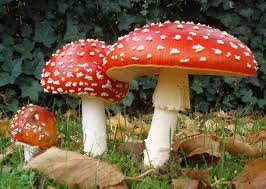Saccharomyces cerevisiae, commonly known as baker’s yeast or budding yeast, is a unicellular eukaryotic […]
Tag: yeast
General Significance and Importance of Fungi
Fungi represent a vast and diverse kingdom of eukaryotic organisms that play indispensable roles in […]
Introduction to Mycology
What is mycology? Mycology is simply defined as the study of fungi. Fungi (singular: fungus) […]




